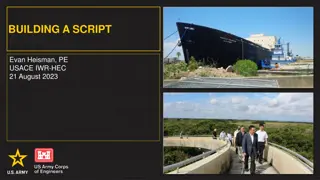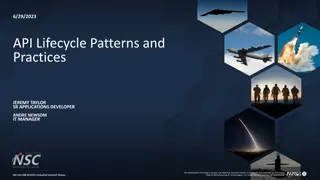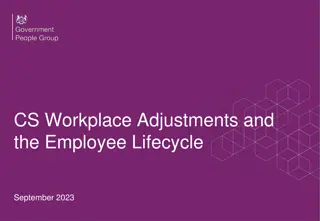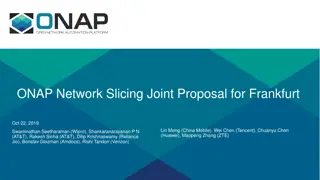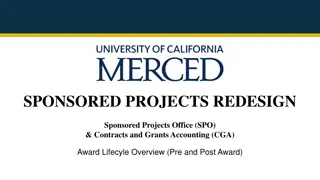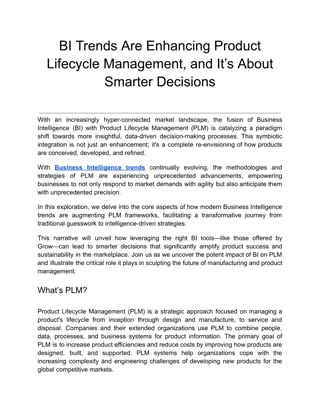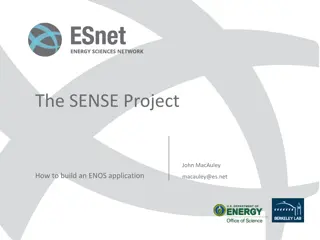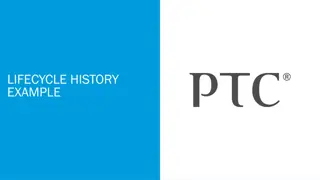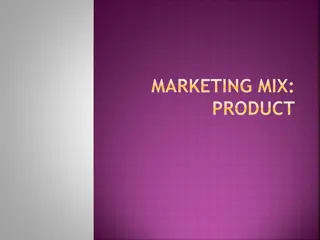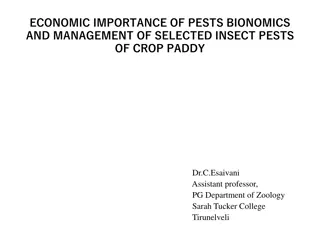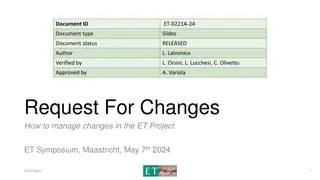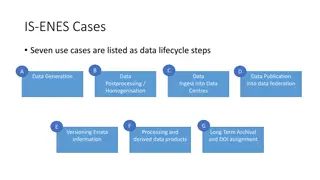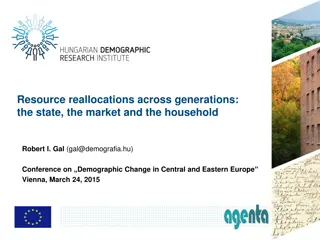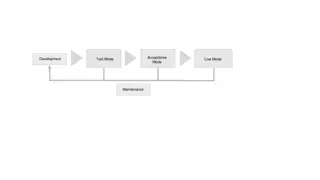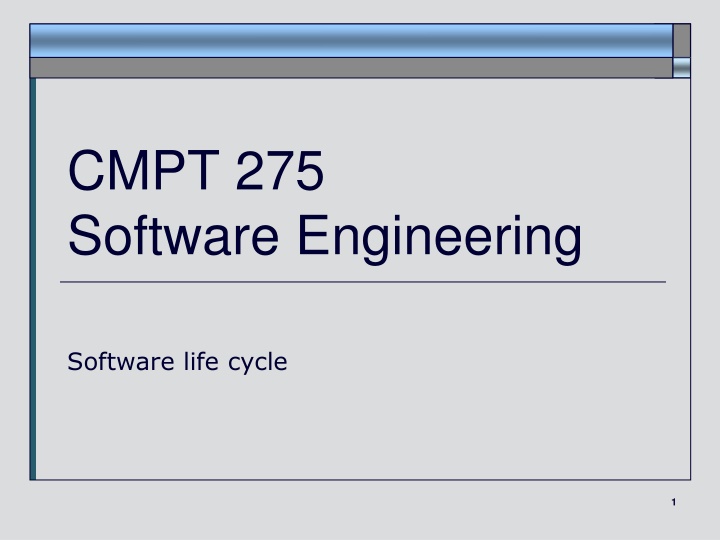
The Software Development Life Cycle
Explore the software life cycle, from inception to retirement, and learn about the sequence of processes involved in a software project. Discover the key development processes, such as concept exploration, system allocation, and requirements analysis, essential for successful software engineering. Dive into the order and activities that shape the software development journey.
Download Presentation

Please find below an Image/Link to download the presentation.
The content on the website is provided AS IS for your information and personal use only. It may not be sold, licensed, or shared on other websites without obtaining consent from the author. If you encounter any issues during the download, it is possible that the publisher has removed the file from their server.
You are allowed to download the files provided on this website for personal or commercial use, subject to the condition that they are used lawfully. All files are the property of their respective owners.
The content on the website is provided AS IS for your information and personal use only. It may not be sold, licensed, or shared on other websites without obtaining consent from the author.
E N D


